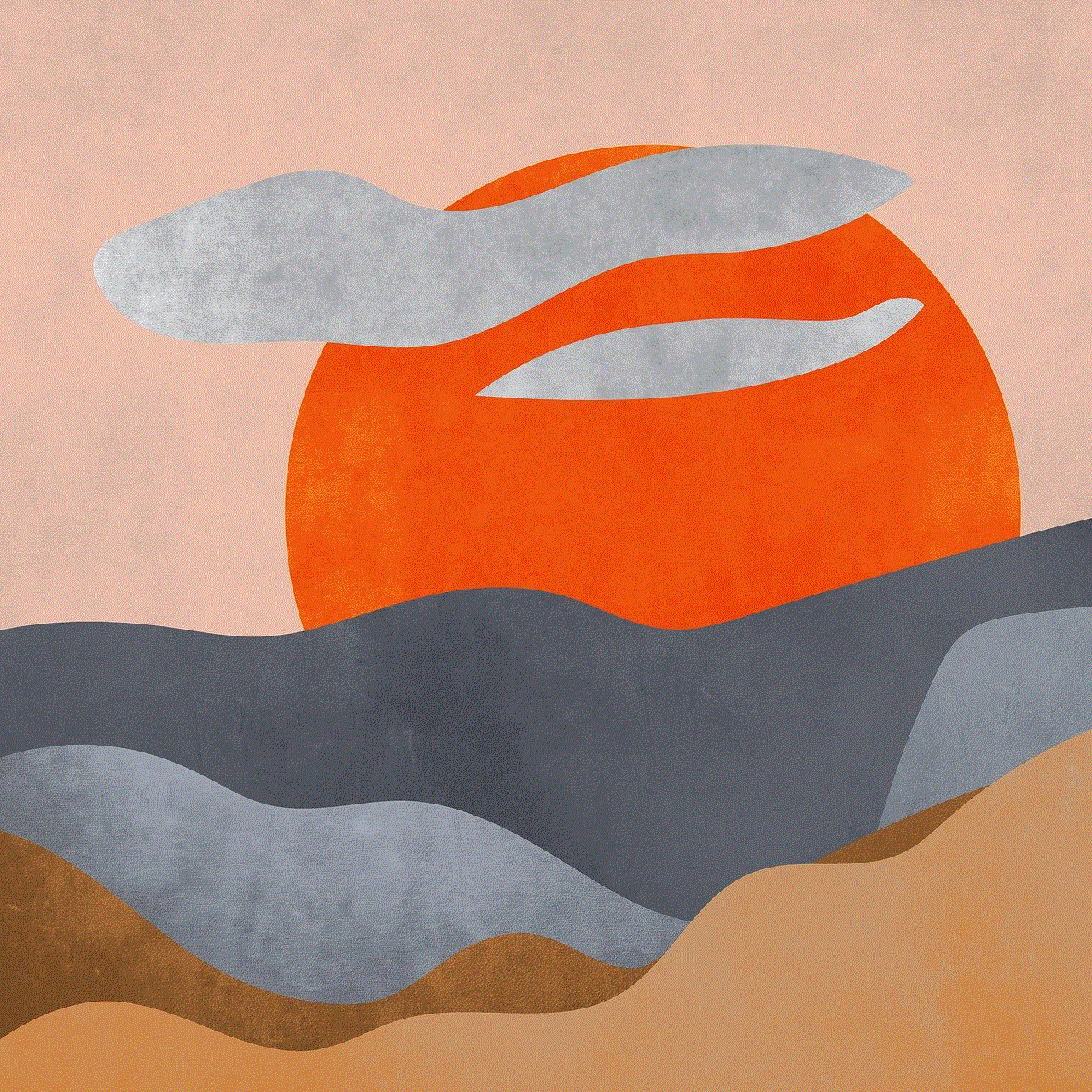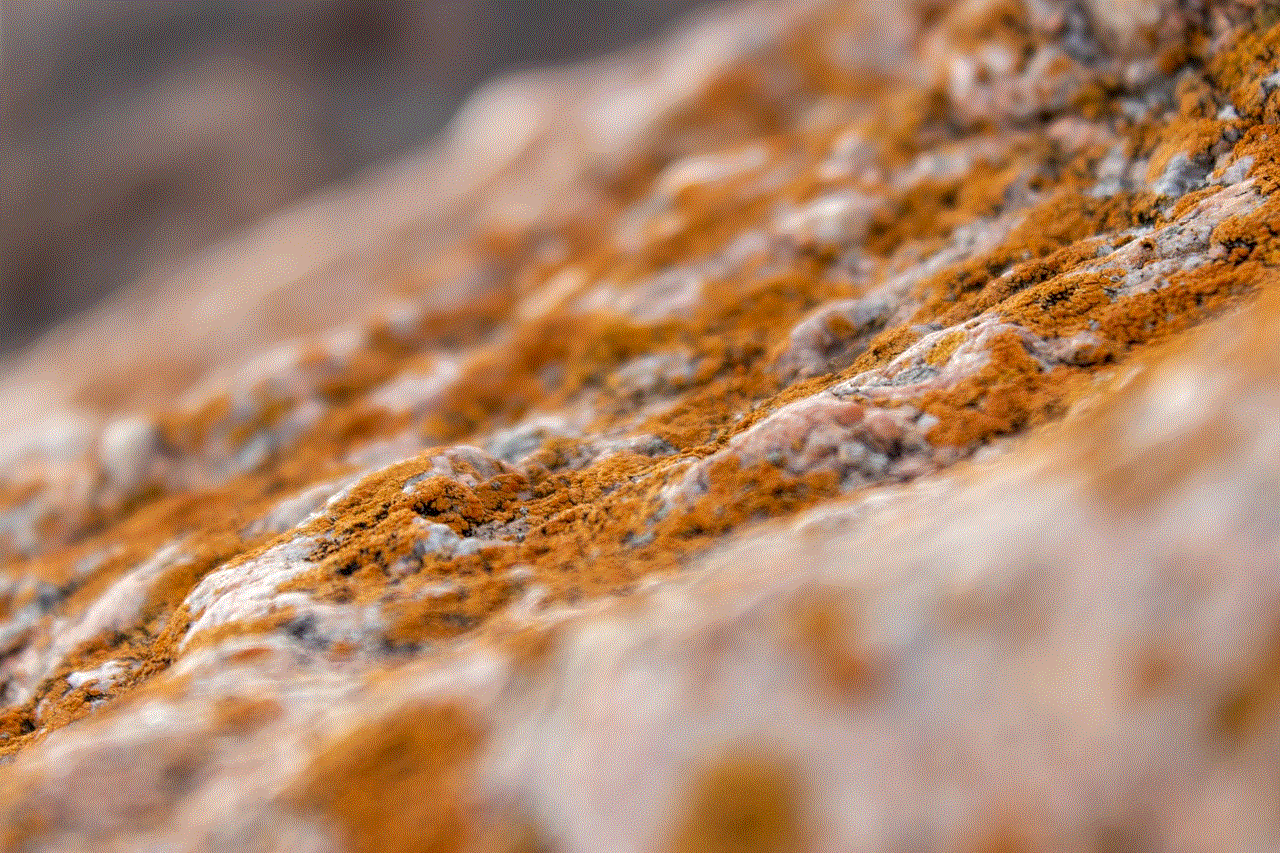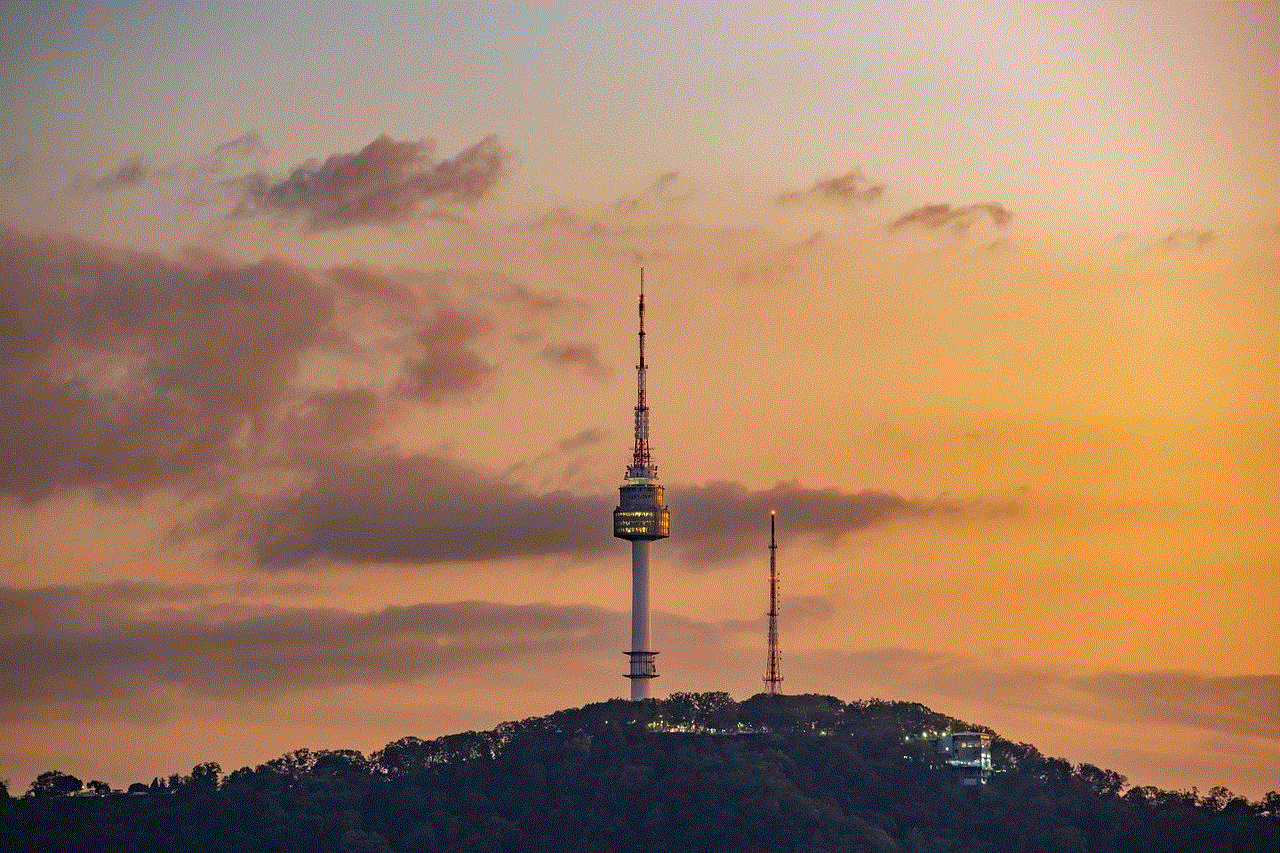rastreador de telefono
El rastreador de teléfono es una tecnología que se ha vuelto cada vez más popular en los últimos años. La capacidad de rastrear y localizar un teléfono en tiempo real ha sido de gran utilidad para muchas personas, desde padres preocupados hasta empresas que desean mantener un control sobre sus empleados. En este artículo, exploraremos en detalle cómo funcionan los rastreadores de teléfono y cómo pueden ser utilizados de manera efectiva.
Antes de sumergirnos en los detalles técnicos, es importante entender qué es un rastreador de teléfono y por qué se ha vuelto tan popular. Un rastreador de teléfono es un software o aplicación que se instala en un teléfono móvil y permite al usuario rastrear su ubicación en tiempo real. Esto se logra a través de la tecnología GPS (Global Positioning System) que utiliza señales de satélite para determinar la ubicación exacta del teléfono.
Entonces, ¿por qué la gente busca rastreadores de teléfono? Hay varias razones. Para empezar, los padres preocupados pueden utilizarlos para mantener un control sobre la ubicación de sus hijos. Con tantos peligros en línea y en la vida real, es natural que los padres quieran saber dónde están sus hijos en todo momento. Además, los rastreadores de teléfono también pueden ser útiles para localizar un teléfono perdido o robado. Si alguien pierde su teléfono o es robado, un rastreador puede ayudar a localizarlo y recuperarlo.
Otra razón por la que los rastreadores de teléfono han ganado popularidad es su uso en el mundo empresarial. Muchas empresas utilizan rastreadores de teléfono para monitorear a sus empleados. Esto puede ser especialmente útil para empresas que tienen empleados en el campo, como conductores de camiones o técnicos de servicio. Al rastrear la ubicación de sus empleados, las empresas pueden asegurarse de que están cumpliendo con sus responsabilidades y no malgastando tiempo o recursos.
Ahora que entendemos por qué los rastreadores de teléfono son populares, es hora de sumergirnos en cómo funcionan. Como mencionamos anteriormente, los rastreadores de teléfono utilizan la tecnología GPS para determinar la ubicación del teléfono. Esto se logra a través de una serie de pasos.
Primero, el teléfono debe tener una señal GPS activa. Si el teléfono está en un área sin señal o si la señal GPS está desactivada, el rastreador no podrá determinar su ubicación. Después de eso, el teléfono se comunica con los satélites en órbita para determinar su posición. Un mínimo de tres satélites son necesarios para determinar la ubicación exacta del teléfono.
Una vez que se ha establecido la ubicación del teléfono, esta información se envía a un servidor a través de una conexión de datos. El servidor procesa la información y la presenta en un mapa para que el usuario pueda verla. Dependiendo del rastreador de teléfono, puede haber opciones adicionales disponibles, como configurar límites geográficos o recibir alertas si el teléfono sale de un área designada.
Es importante tener en cuenta que, si bien los rastreadores de teléfono pueden ser muy precisos, su precisión puede verse afectada por varios factores. Por ejemplo, si el teléfono está en un área con una mala señal GPS, la ubicación puede no ser tan precisa. Además, la precisión también puede verse afectada por la cantidad de satélites disponibles y la calidad de la señal.
Otra cosa importante a tener en cuenta es que, para que un rastreador de teléfono funcione, debe estar instalado en el teléfono que se desea rastrear. Esto significa que no se puede rastrear un teléfono sin el consentimiento de su propietario. En la mayoría de los casos, el propietario del teléfono debe instalar el rastreador y dar su consentimiento para que la ubicación sea rastreada.
Ahora que sabemos cómo funcionan los rastreadores de teléfono, es importante discutir su legalidad. Como mencionamos anteriormente, un rastreador de teléfono no puede ser utilizado sin el consentimiento del propietario del teléfono. Si alguien instala un rastreador en el teléfono de otra persona sin su conocimiento, esto se considera una violación de la privacidad y puede ser ilegal.
Además, es importante tener en cuenta que los rastreadores de teléfono no pueden ser utilizados para rastrear a alguien sin su conocimiento. Si desea rastrear la ubicación de un amigo o familiar, debe obtener su consentimiento antes de hacerlo. Utilizar un rastreador de teléfono para espiar a alguien sin su conocimiento también puede ser ilegal y puede tener consecuencias legales.
Ahora que entendemos cómo funcionan los rastreadores de teléfono y su legalidad, es importante discutir cómo se pueden utilizar de manera efectiva. Como mencionamos anteriormente, los padres pueden utilizarlos para mantener un control sobre sus hijos y asegurarse de que están seguros. Sin embargo, es importante que los padres tengan una conversación abierta con sus hijos sobre el uso del rastreador y por qué lo están utilizando. También es importante establecer límites y respetar la privacidad de sus hijos.
En el mundo empresarial, los rastreadores de teléfono pueden ser una herramienta valiosa para garantizar la eficiencia y la responsabilidad de los empleados. Sin embargo, es importante que las empresas tengan una política clara sobre el uso de los rastreadores y que los empleados estén informados y den su consentimiento antes de ser rastreados. También es importante establecer límites claros y respetar la privacidad de los empleados.
En resumen, los rastreadores de teléfono son una tecnología útil que ha ganado popularidad en los últimos años. Pueden ser utilizados para una variedad de propósitos, desde mantener a los niños seguros hasta monitorear a los empleados. Sin embargo, es importante utilizarlos de manera responsable y respetar la privacidad de los demás. Con su capacidad para rastrear la ubicación en tiempo real, los rastreadores de teléfono pueden ser una herramienta valiosa en muchas situaciones, pero es importante asegurarse de utilizarlos de manera ética y legal.
how to delete youtube history on android
youtube -reviews”>YouTube has become one of the most popular platforms for watching videos, whether it’s for entertainment, education, or just passing the time. With the vast amount of content available on YouTube , it’s no surprise that users often find themselves with a long history list of videos that they have watched. While this can be helpful in finding videos that you may want to watch again, there are times when you may want to clear your YouTube history on your Android device. In this article, we will guide you through the steps on how to delete YouTube history on Android .
Why You May Want to Delete Your YouTube History
There are several reasons why you may want to delete your YouTube history on your Android device. One of the main reasons is for privacy concerns. Your YouTube history includes a list of all the videos you have watched, which can reveal your interests, preferences, and even personal information. If you share your device with others, you may not want them to see what you have been watching on YouTube.
Another reason to delete your YouTube history is to free up storage space on your device. The history list can get quite long, especially if you watch a lot of videos on YouTube. This can take up a significant amount of storage space on your device, which can slow down its performance. By deleting your YouTube history, you can clear up some space and improve your device’s speed.
Moreover, deleting your YouTube history can also help you avoid distractions. With your history list cleared, you won’t be tempted to re-watch videos that you have already seen, and you can focus on discovering new content.
How to Delete YouTube History on Android
Now that you know the reasons why you may want to delete your YouTube history, let’s dive into the steps on how to do it on your Android device.
Step 1: Open the YouTube App
The first step is to open the YouTube app on your Android device. You can either tap on the YouTube icon on your home screen or find it in your app drawer.
Step 2: Go to Your Account
Next, tap on the profile icon on the top right corner of the app. This will take you to your account page.
Step 3: Tap on “History”
Scroll down on your account page until you find the “History” option. Tap on it to access your YouTube history.
Step 4: Tap on “Clear All Watch History”
Once you are on your “History” page, you will see a list of all the videos you have watched. At the top of the list, you will see the “Clear All Watch History” option. Tap on it to delete your entire history list.
Step 5: Confirm Your Action
A pop-up window will appear, asking you to confirm your action. Tap on “Clear Watch History” to proceed.
Step 6: Tap on “Clear All Search History”
After clearing your watch history, you may also want to delete your search history. To do this, go back to your account page and scroll down until you find the “Clear All Search History” option. Tap on it to delete your entire search history.
Step 7: Confirm Your Action
As with your watch history, a pop-up window will appear asking you to confirm your action. Tap on “Clear Search History” to proceed.



Step 8: Tap on “Pause Watch History”
If you want to ensure that your watch history won’t be saved in the future, you can tap on the “Pause Watch History” option on the “History” page. This will prevent YouTube from tracking the videos you watch, and your history list will remain empty.
Step 9: Tap on “Pause Search History”
Similarly, you can also tap on the “Pause Search History” option to prevent YouTube from tracking your search history.
Step 10: Tap on “Clear Watch History for Specific Videos”
If you only want to delete specific videos from your watch history, you can do so by swiping left on the video you want to remove. This will reveal a “Remove” button, which you can tap on to delete the video from your history list.
Step 11: Tap on “Clear Search History for Specific Searches”
Similarly, you can also delete specific searches from your history list by swiping left on the search term and tapping on the “Remove” button.
Step 12: Use Incognito Mode
Lastly, you can also use the Incognito mode on the YouTube app to watch videos without them being saved to your history. To do this, tap on your profile icon and select “Turn on Incognito” from the drop-down menu. This will launch the YouTube app in Incognito mode, and your watch and search history will not be saved.
Conclusion
Clearing your YouTube history on your Android device is a simple process that can be done in just a few steps. Whether it’s for privacy reasons, freeing up storage space, or avoiding distractions, deleting your history list can be beneficial. You can delete your entire watch and search history, pause it from being saved in the future, or remove specific videos and searches. You can also use the Incognito mode to watch videos without them being saved to your history. By following the steps outlined in this article, you can easily manage and delete your YouTube history on your Android device.
how to draw a pumpkin patch
Pumpkin patches are a quintessential part of the fall season. They are a beloved tradition for many families, who flock to these patches to pick out the perfect pumpkin for carving, decorations, or even cooking. These patches are not just a fun outing, but they also provide a glimpse into the world of agriculture and the hard work that goes into growing and harvesting these iconic fall fruits. In this article, we will explore the history of pumpkin patches, the process of growing pumpkins, and how to draw your very own pumpkin patch.
History of Pumpkin Patches
The tradition of pumpkin patches can be traced back to the indigenous people of North America, who used to cultivate pumpkins and other squash varieties for food. They would also use the shells of pumpkins as containers or bowls. When European settlers arrived in America, they learned about these versatile and nutritious fruits from the Native Americans and incorporated them into their diet.
In the 19th century, pumpkins became more popular as a decorative item during Halloween. Irish immigrants brought the tradition of carving pumpkins with them to America, but instead of using pumpkins, they used turnips. However, pumpkins were more readily available and easier to carve, so the tradition of pumpkin carving caught on quickly.
It wasn’t until the 20th century that pumpkin patches became a popular attraction for families. Farmers would open up their fields to the public, allowing them to pick their own pumpkins instead of buying them from a grocery store. This not only provided a fun activity for families but also brought in extra income for farmers.
Process of Growing Pumpkins
Pumpkins are a type of squash that belongs to the Cucurbitaceae family, which includes cucumbers, melons, and gourds. They are a warm-season crop, meaning they need warm temperatures to grow. The ideal temperature for growing pumpkins is between 65-85°F.



The first step in growing pumpkins is to prepare the soil. Pumpkins need well-drained, fertile soil with a pH level between 6.0-6.8. The soil should also be rich in organic matter. Farmers usually prepare the soil in the fall by adding compost or other organic matter and then plowing or tilling it in the spring.
Seeds are typically planted in late spring or early summer, depending on the climate. They need to be planted 1-2 inches deep and about 3 feet apart. It is essential to keep the soil moist, but not waterlogged, during the growing season. Pumpkins need about 1-2 inches of water per week, either from rainfall or irrigation.
The plants will start to flower in early summer, and the female flowers will develop into pumpkins. It takes about 75-100 days for pumpkins to mature, and they are ready to be harvested when they turn fully orange and have a hard, woody stem. Once harvested, they can be stored in a cool, dry place for several months.
How to Draw a Pumpkin Patch
Now that we know the history and process of growing pumpkins let’s dive into the fun part – drawing a pumpkin patch! Here’s a step-by-step guide on how to draw a pumpkin patch:
Step 1: Start by drawing a rough outline of the pumpkin patch. It can be any shape or size you want, but make sure to leave some space for the pumpkins.
Step 2: Add some texture to the ground by drawing small, curved lines to represent the dirt, and some grass poking through.
Step 3: Draw the pumpkins. They can be any size and shape, so get creative! You can draw some pumpkins sitting on the ground, while others can be stacked on top of each other.
Step 4: Add details to the pumpkins. Draw some lines to represent the ridges on the pumpkins, and add a stem to each one.
Step 5: Draw some leaves and vines. Pumpkins are typically grown on vines, so add some curved lines to represent the leaves and vines.
Step 6: Add some shadows and highlights to give the pumpkins more dimension. Shade in the areas where the pumpkins would cast a shadow and add some lighter areas to represent the highlights.
Step 7: Draw some other elements to make your pumpkin patch come to life. You can add a scarecrow, some hay bales, or even a sign that says “pumpkin patch.”
Step 8: Color in your pumpkin patch. You can use traditional pumpkin colors like orange, green, and brown, or get creative and use any colors you want.
Step 9: Add some finishing touches, like birds flying in the sky or a family of scarecrows picking pumpkins.
Step 10: Step back and admire your beautiful pumpkin patch drawing!
Tips for Drawing a Realistic Pumpkin Patch
Drawing a pumpkin patch can be challenging, but here are a few tips to make it easier:
– Look at reference images of real pumpkin patches to get an idea of how the pumpkins and vines are arranged.
– Vary the size and shape of the pumpkins to make your drawing more interesting.
– Use different shades of green for the leaves and vines to add depth to your drawing.
– Add details like fallen leaves, insects, or even a cat lounging in the patch to make your drawing more realistic.
– Don’t be afraid to get creative and add your own personal touch to your pumpkin patch drawing.



In conclusion, pumpkin patches are a cherished fall tradition that brings families together and gives us a glimpse into the world of agriculture. From their humble beginnings as a food source to being a beloved symbol of Halloween, pumpkins have come a long way. And now, armed with the knowledge of their history and the process of growing them, you can draw your very own pumpkin patch and add a touch of fall to your artwork. So grab your pencils and let your creativity run wild in the pumpkin patch!